You don’t get much further from the seaside than Derbyshire, a county landlocked at the heart of England. During lockdowns house-hunters simply couldn’t get enough of coastal property, and prices in Wales and the West Country boomed. But three years after the start of the pandemic, a new property powerhouse is emerging.
According to the latest UK House Price Index, prices in North East Derbyshire are up by almost 20 per cent year on year, to £259,000. Across the way, prices in the Derbyshire Dales are up 18 per cent year on year, to an average of £362,000. This performance would be impressive in a strong economy, never mind against the backdrop of rising interest rates and spiralling inflation. And put into a national context it is even more surprising – UK house prices fell more than 3 per cent in the year to March, the largest annual drop since July 2009, according to the latest figures from Nationwide.
It has achieved a happy medium where house prices aren’t so stupidly high that young people have no chance of getting on the housing ladder, but where employment opportunities are good
Together, the Derbyshire Dales and North East Derbyshire cover the south-eastern corner of the Peak District National Park – pretty towns such as Bakewell, Hathersage and Ashbourne – plus the suburbs and countryside south of Sheffield, towns and villages with wonderfully satisfying names like Wingerworth and Crowhole. The area’s natural beauty is a key reason for its strong property performance. The scenery is breathtaking and varied, with a criss-cross of steep valleys which pull in walkers, riders and cyclists. This getaway appeal also makes the Derbyshire Dales prime second-home territory. Concerns about wealthy buyers from outside elevating house prices are in fact so grave that this year Derbyshire Dales District Council agreed – in principle at least – to start charging second-homers double council tax.
Alison Cooper, a negotiator at Bagshaws estate agents in Bakewell, agrees that holiday home-owners are a big driver of the local market and estimates that around half her office’s sales are to people looking for a country bolthole. ‘But we also get a lot of people who now work from home, coming from places like Sheffield and Manchester, as well as people who moved to London for work who are now able to come back and work here,’ she says.
Despite the area’s strong annual price growth, Luke Billson of Savills says that the local market did take a pause in the immediate aftermath of September’s mini-Budget. ‘But we had a really strong start to the year this year,’ he explains. Beyond its good looks, Derbyshire’s central location and strong train links means it appeals to commuters and retirees from a large swathe of the country, he says, adding: ‘The value for money, if you are moving out of London, is a huge talking point.’
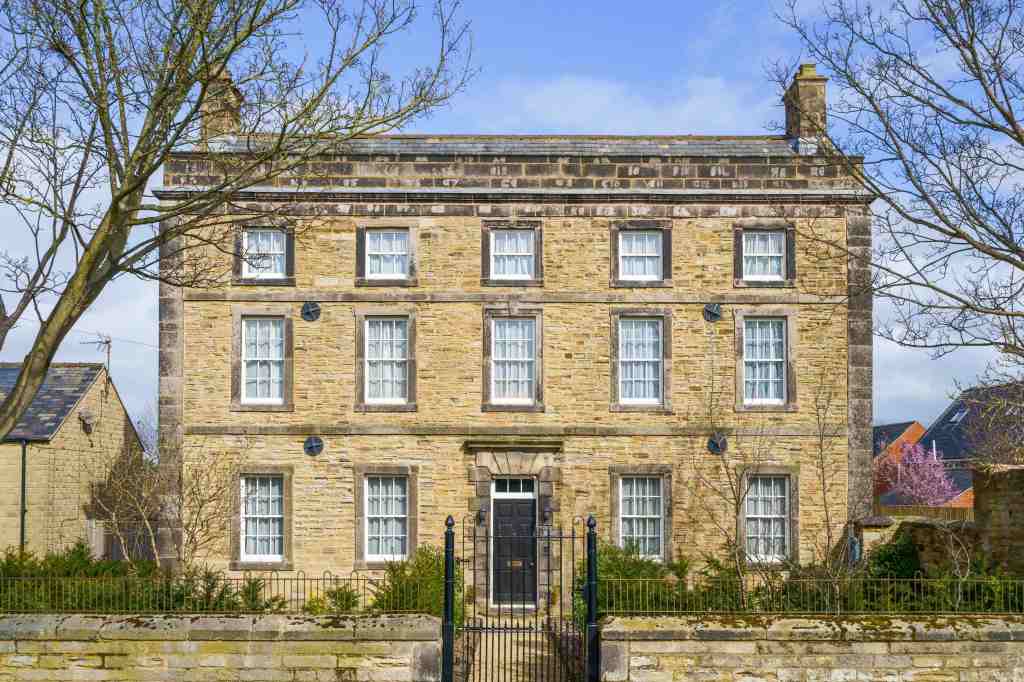
Billson operates at the higher end of the Derbyshire market and most of his buyers are affluent families looking for a forever home – ideally a period property on the edge of a town such as Matlock or Buxton, or in one of their satellite villages. But even in the mainstream market of local first-time buyers and second-steppers, Cooper and Billson agree that there is movement. Part of the reason for this is that the housing market in Derbyshire is simply more sustainable than that in much of the rest of the country. It has achieved a happy medium where house prices aren’t so stupidly high that young people have no chance of getting on to the housing ladder, but where employment opportunities are good. There is a good choice of three-bedroom terraces in the £250,000 to £280,000 price bracket, and you could pick up a two-bedroom flat for less than £200,000. The average local wage is just over £30,000.
Attitudes also seem to be different in Derbyshire. Locals are more inclined to treat property as a home rather than an investment, which means fewer attempts to second-guess where the market is going. ‘Our market tends to move with the seasons, more than current market trends,’ agrees Billson. ‘That has been the case since I started in the industry 14 years ago. Covid was an anomaly, two really busy years, but most of the time we are really busy from April to September, and less busy after that.’
Part of this stability is thanks to the character of local buyers, he says. ‘They are buying principal residences that will be their homes for 15 or 20 years, so they are less worried about what it is going to be worth in two years’ time.’

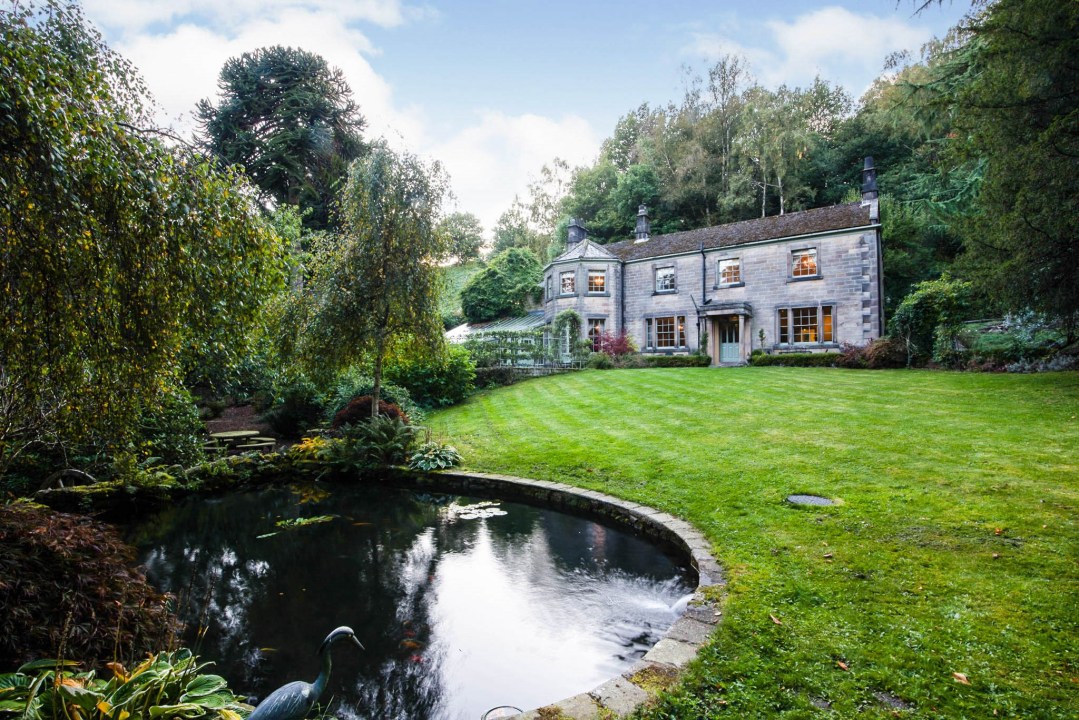
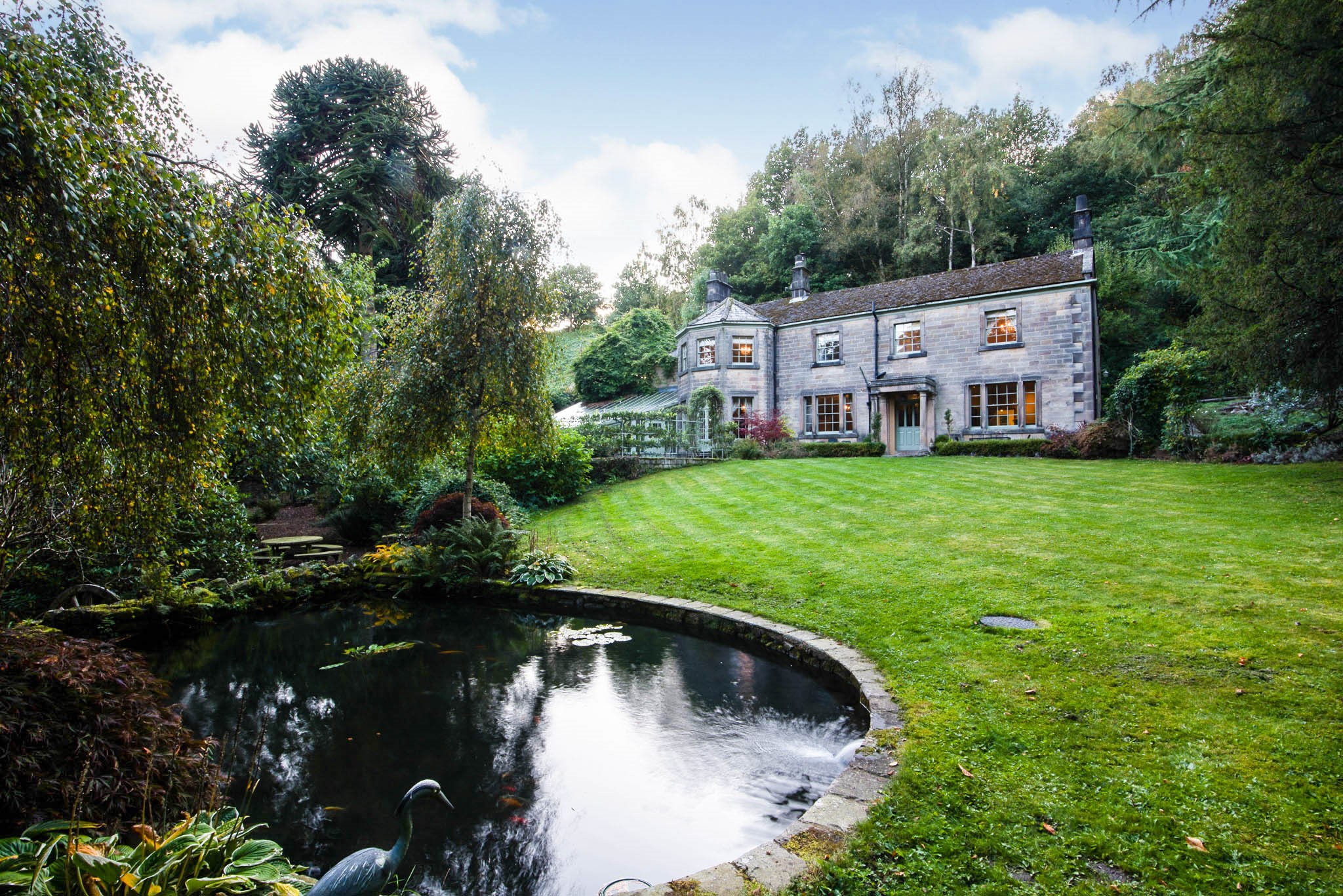
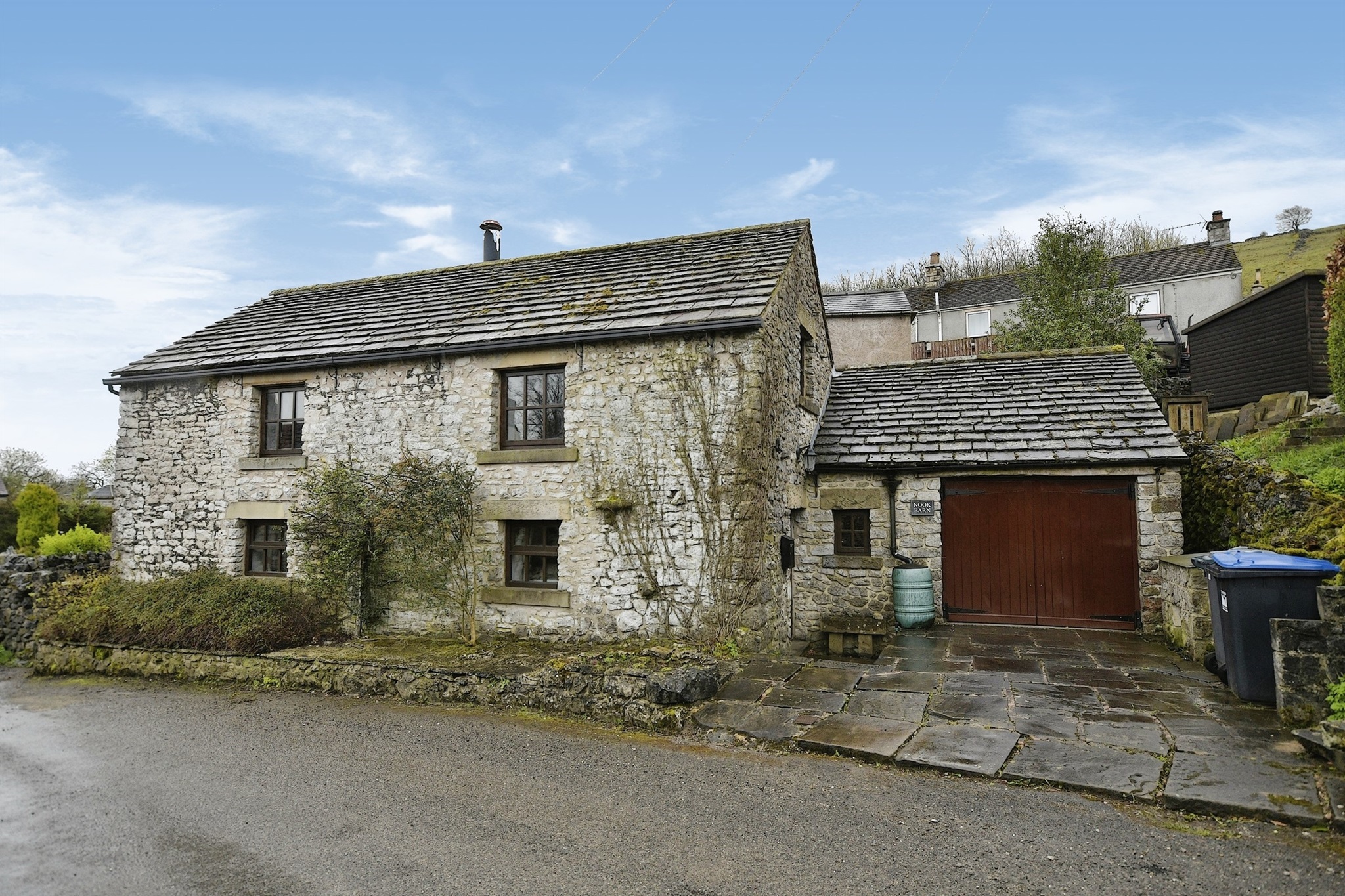
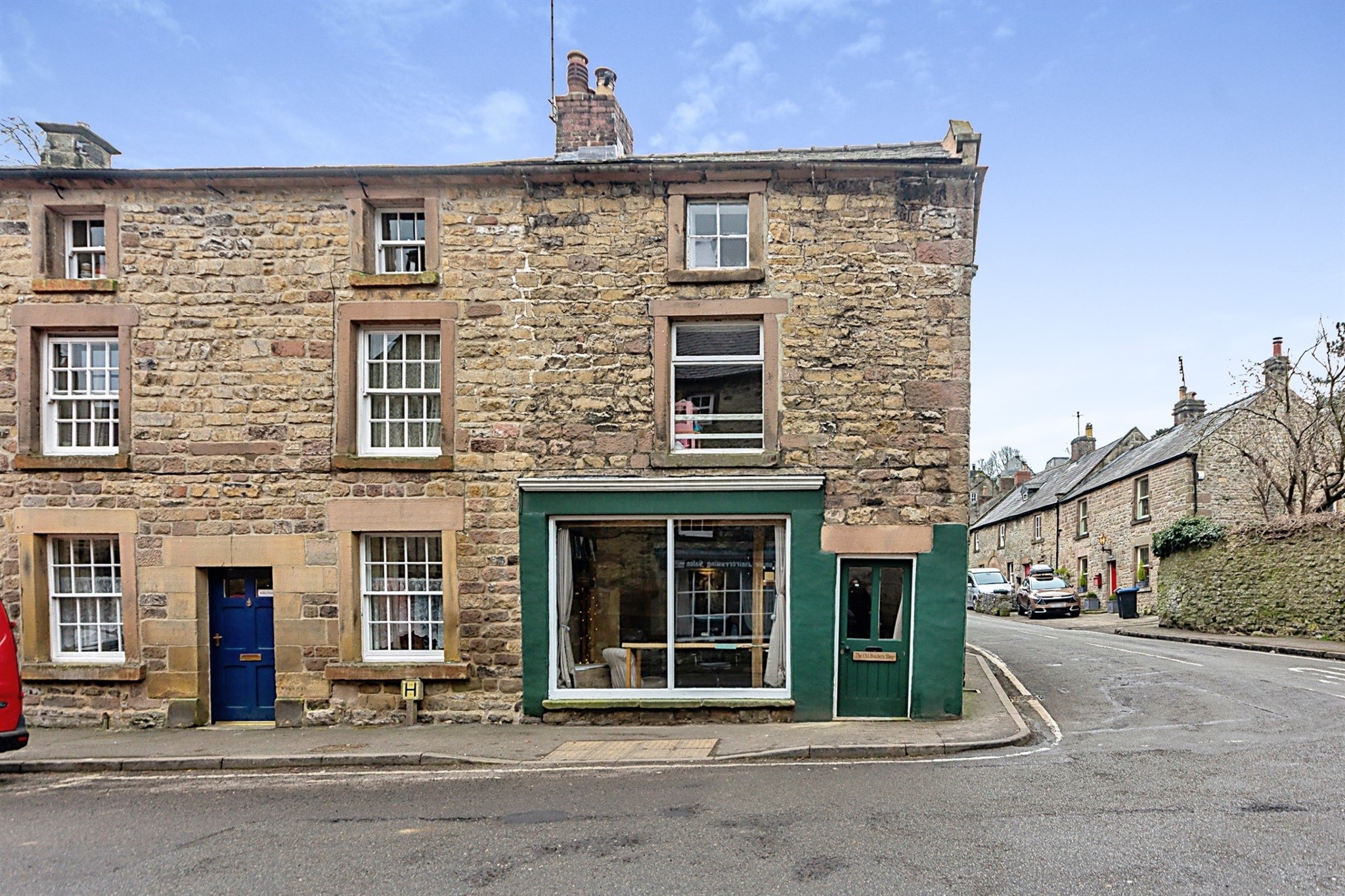
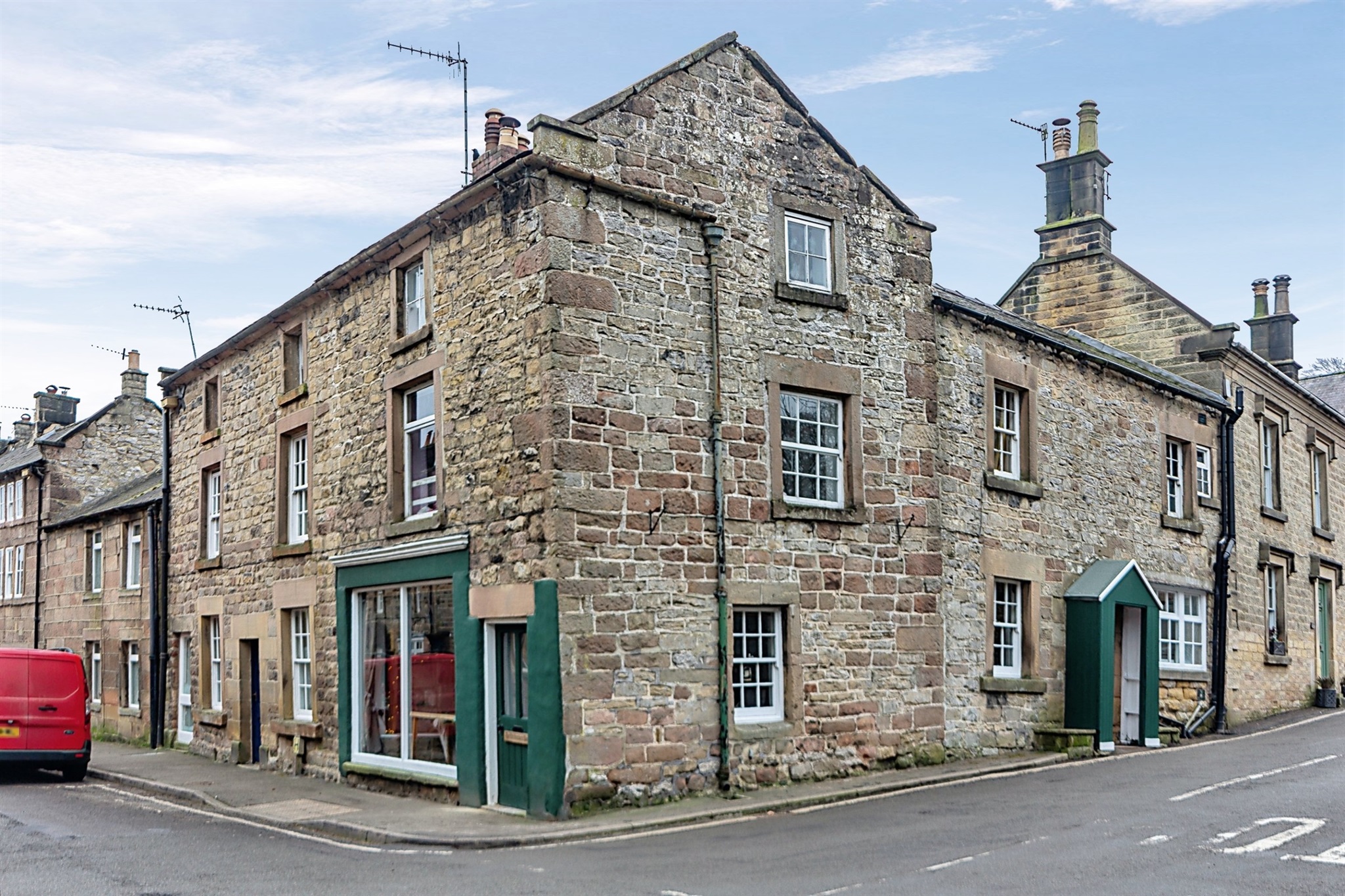
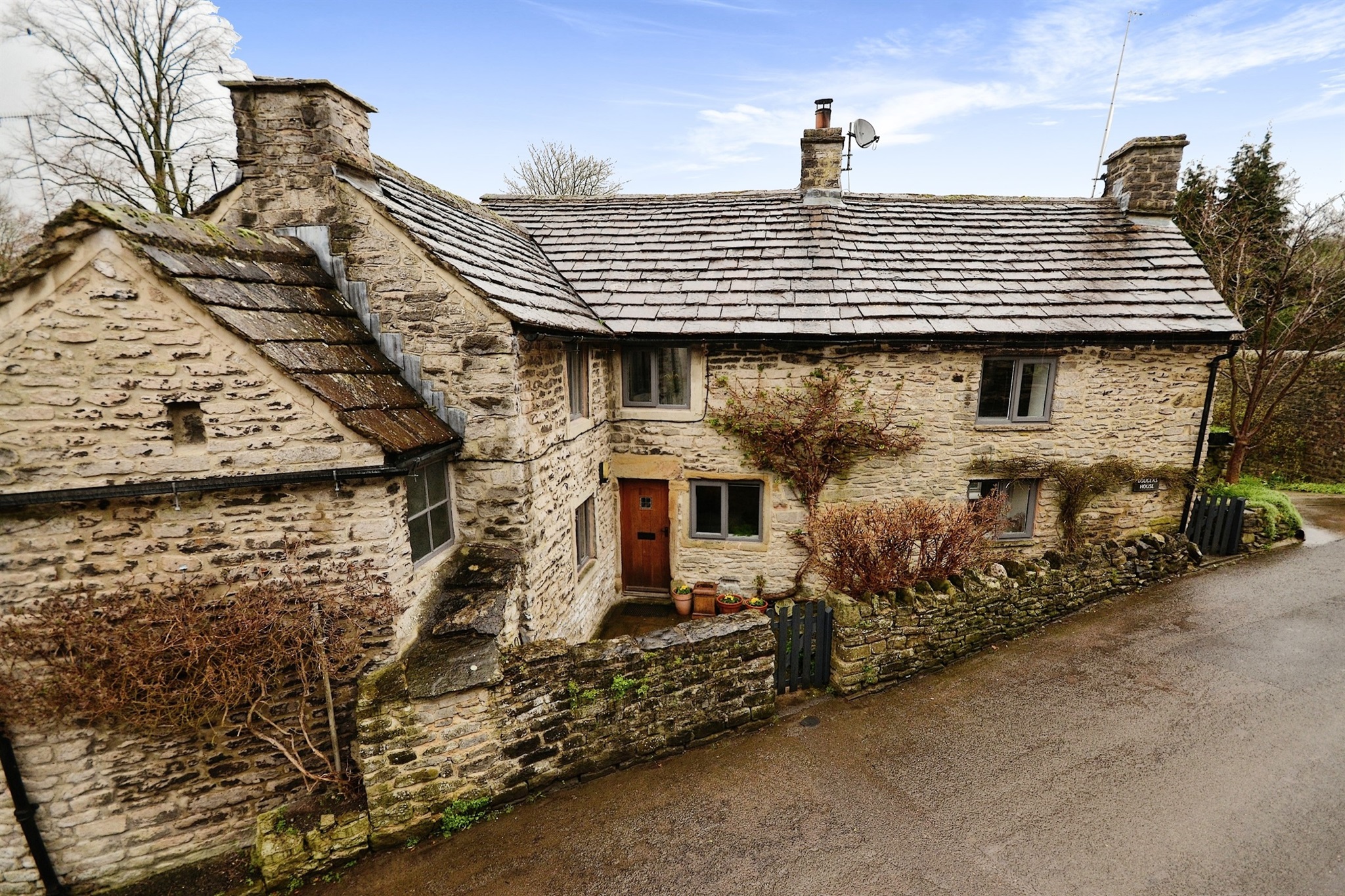

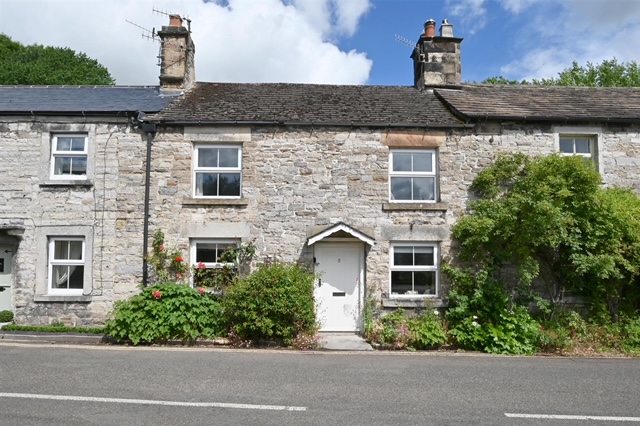




Comments